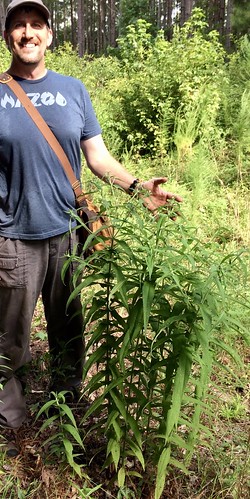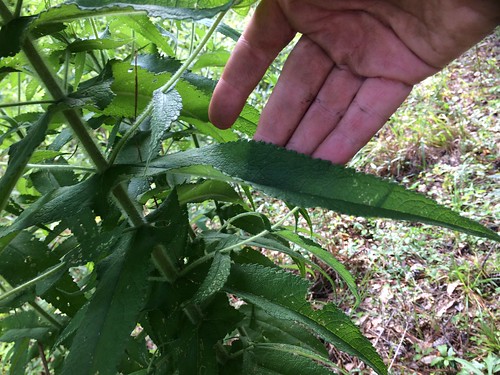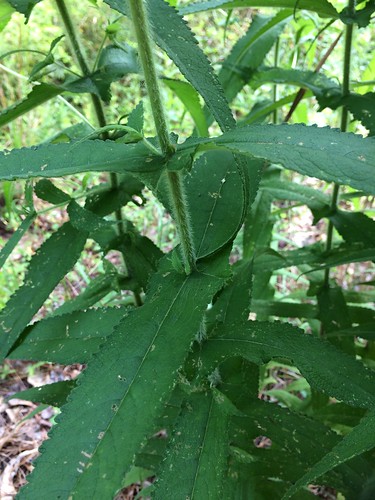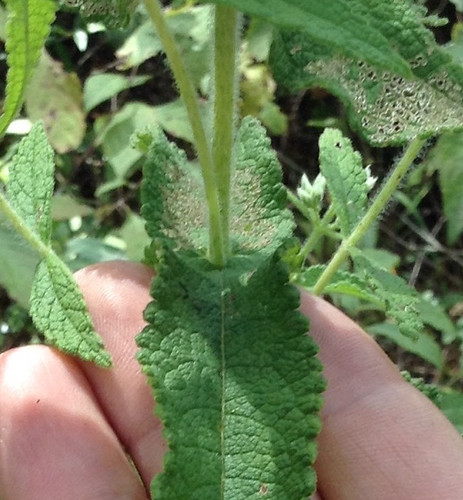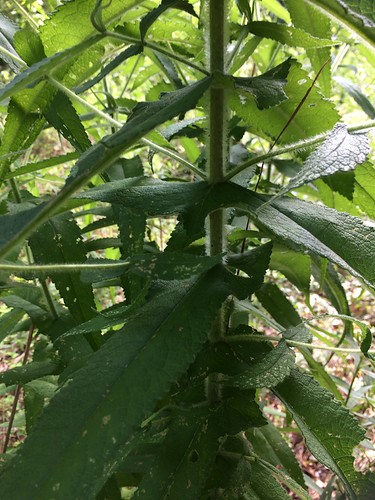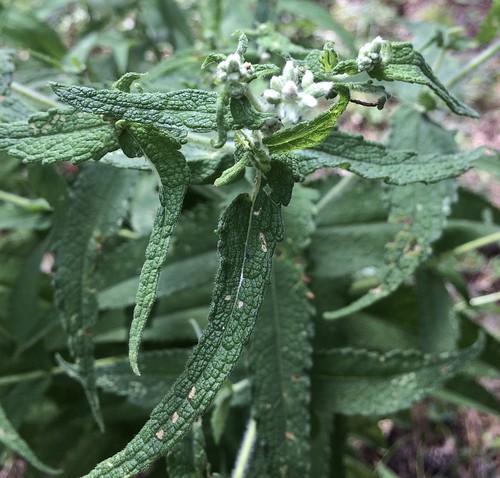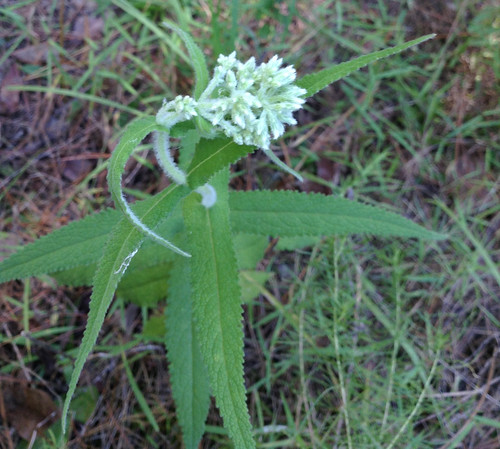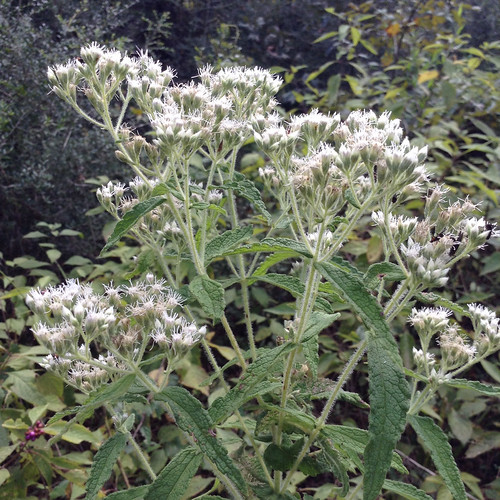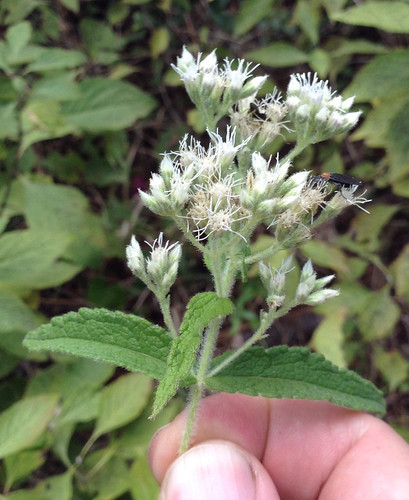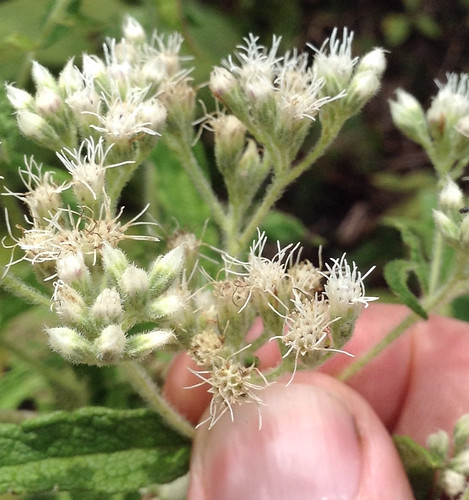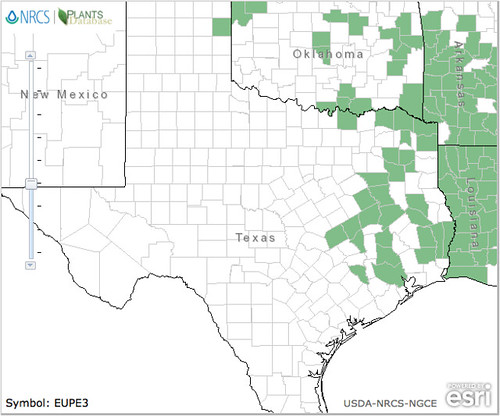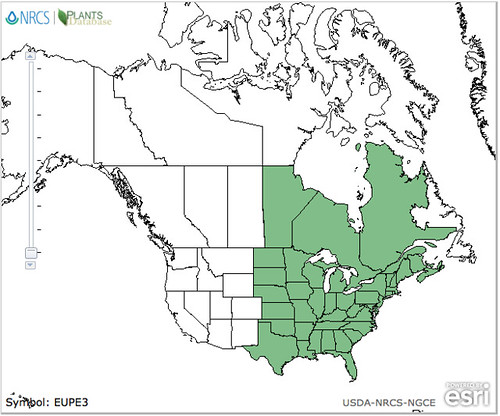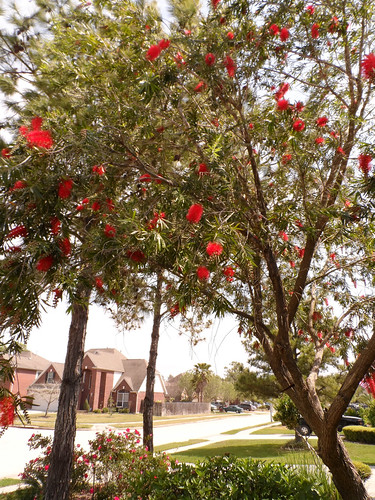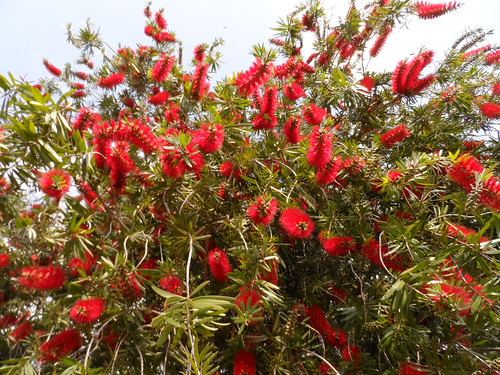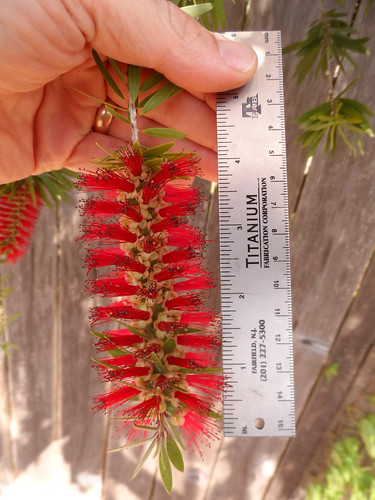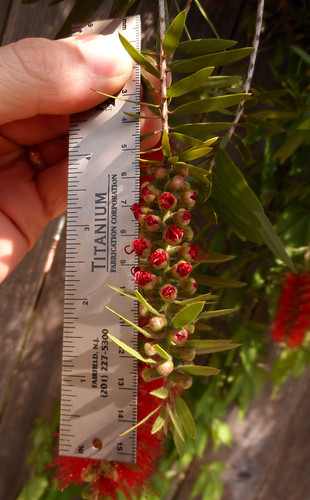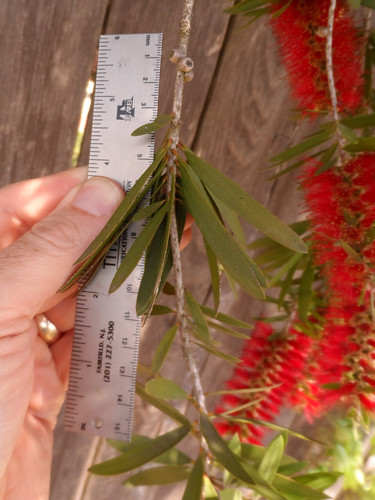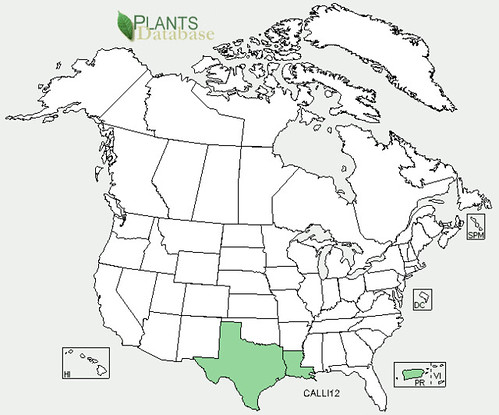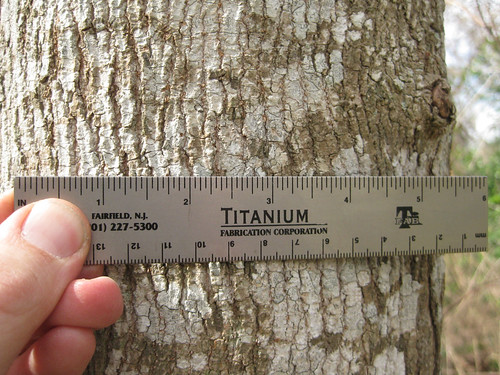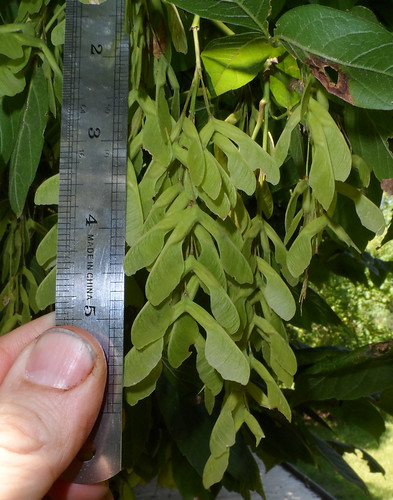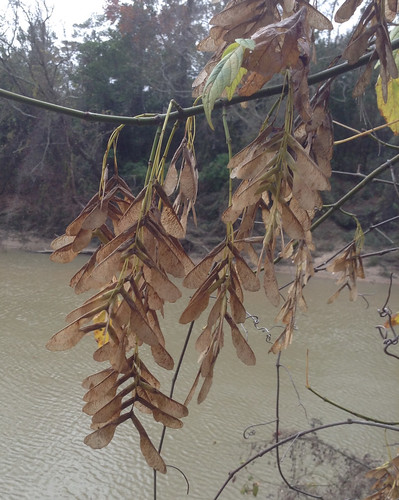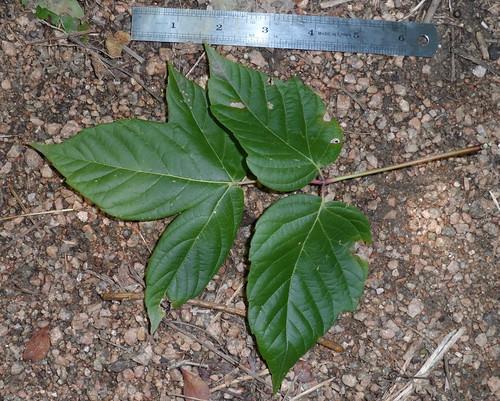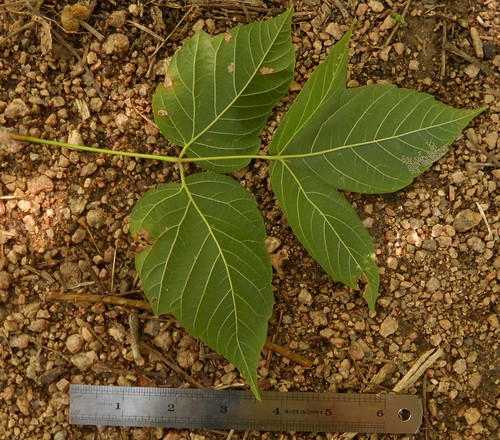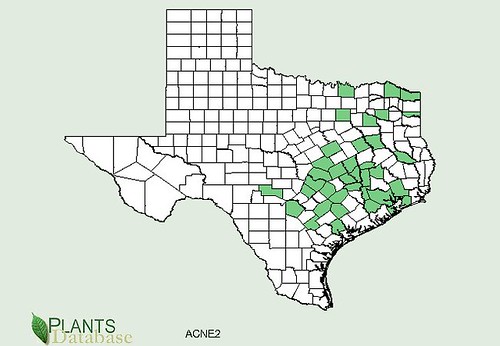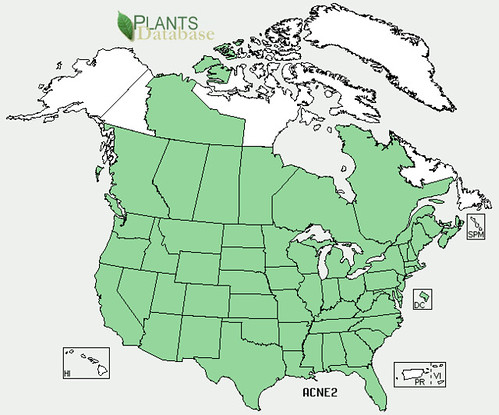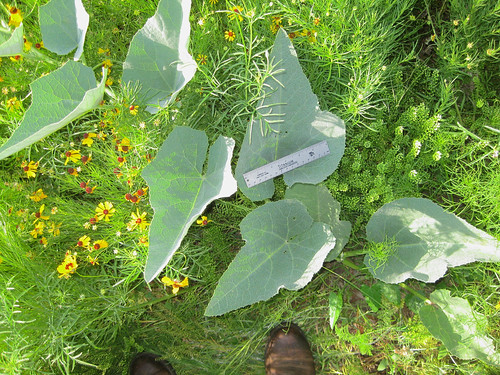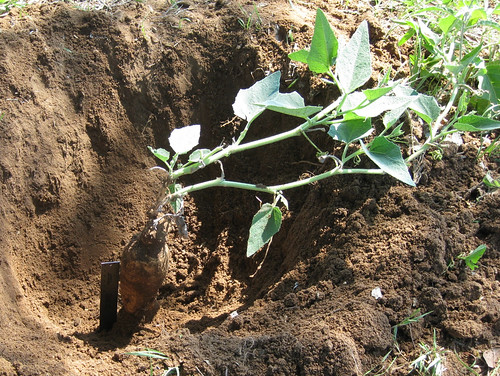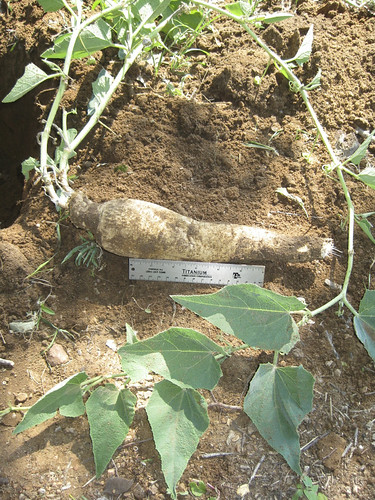Abundance: common
What: nuts, sap
How: nuts raw, cooked, picked, or tinctured; sap boil to syrup
Where: forests, fields
When: fall
Nutritional Value: fats, protein, some minerals
Other uses: dye, fish poison
Dangers: shell juice stains objects and poisons fish
Black Walnut trees at a roadside rest area in east Texas.
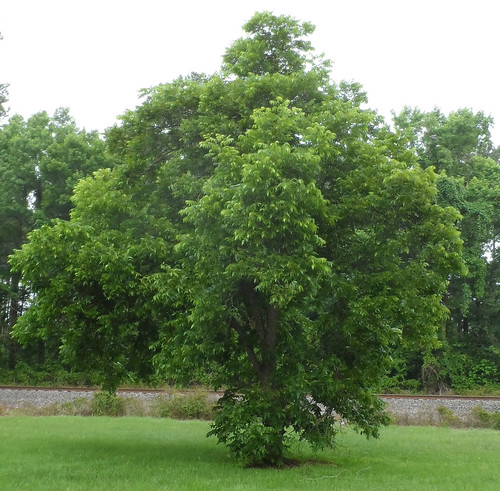
Almost ripe nuts. They are a little larger than golf balls when ripe.
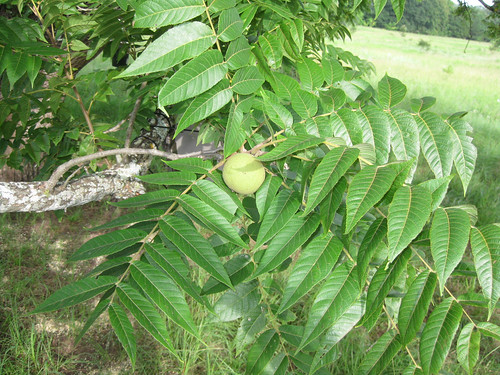
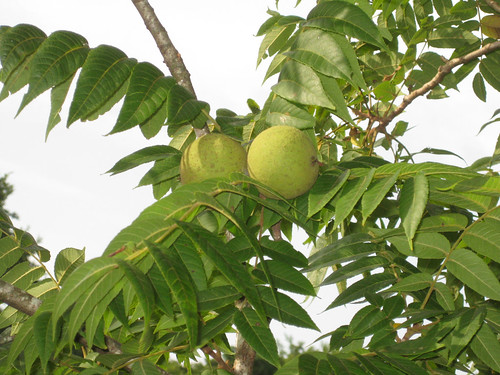
Green ones picked from the tree are better than brown ones from the ground.
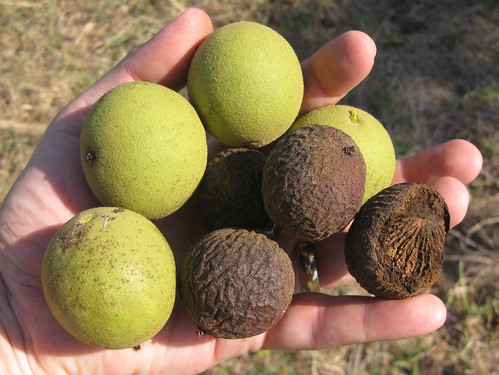
The compound leaves of Black Walnut contain an even number of leaflets.
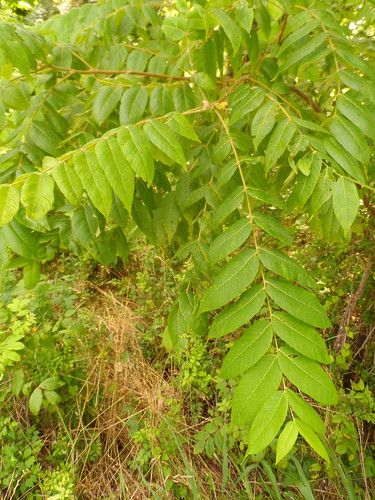
Close-up of the leaves, front and back.
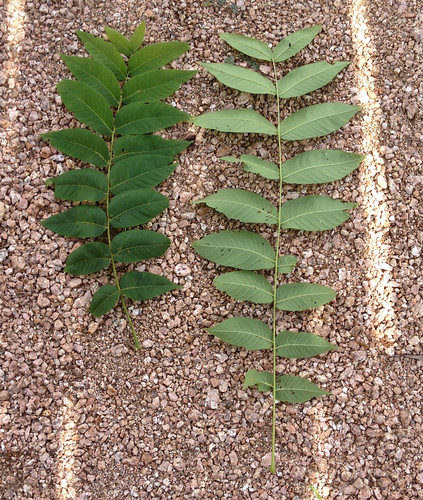
Branch tips with new, young leaves.
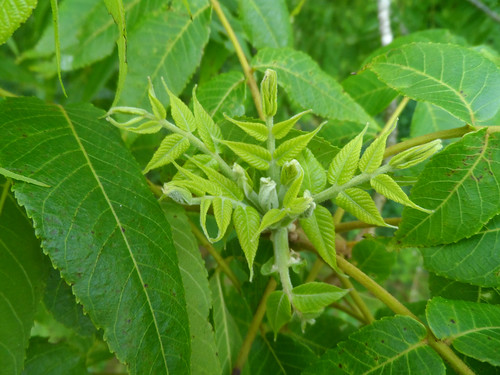
Craggy, grayish bark of a Black Walnut tree.
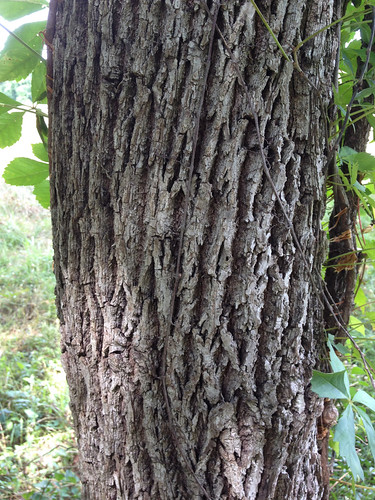
Texas distribution, attributed to U. S. Department of Agriculture. The marked counties are guidelines only. Plants may appear in other counties, especially if used in landscaping.
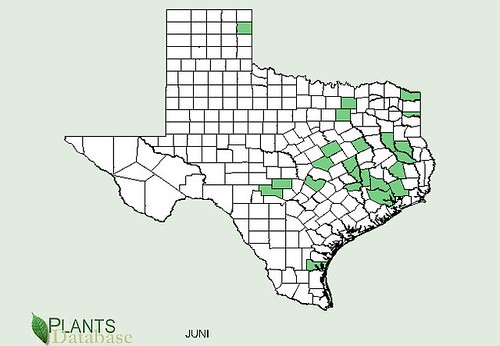
North American distribution, attributed to U. S. Department of Agriculture.

Standing up to 125’ tall with a rounded crown, black walnut trees cut an impressive figure across the fields of Texas. They prefer open, sunny locations but can also be found in forests. Black walnut leaves are compound with an even number of leaflets and being deciduous, drop off in the fall. The bark is grayish, dark and deeply furrowed/rough. The round nuts of this tree are contained in a thick, green cover which begins to splits open when ripe. The juice of this green coat smells like iodine and will stain skin and cotton fabric brown. Black walnut tree leaves, bark, and nut husks contain a poison which kills most other non-grass plants so do not add these materials to compost piles. The wood of black walnut trees is treasured by woodworkers and commands a premium price. This has led to many incidents of “tree rustling” where huge, old trees are cut down and stolen.
The nuts become ripe in the fall. Peeling the green husk is staining so wear gloves and avoid letting the peels come in contact with anything you don’t want turned brown. The thick shell of the walnut is very hard and most standard nut crackers can’t crack them. Waiting a few weeks after removing the husk allows the nuts to dry some, making shelling them slightly easier. The usual method of shelling black walnuts is to run over the nuts with a car followed by picking apart the shell with a nutpick. If you only have a few nuts they can be broken open with a hammer. If you have a lot of nuts it may be worthwhile to invest in a manual cracker specifically designed for black walnuts. Black walnuts have a stronger flavor than English walnuts so most people reduce the amount of nut meat used by one half in recipes.
The crushed green husks were used by Native Americans as a fish poison. Several large, woven bags of these husks were placed in a still pond or weir and the chemical juglones would seep out and stun the fish, causing them to float to the surface.
When the nuts are still green and soft enough to cut in half with a knife they can be pickled and then blended not a ketchup-substitute. As they get bigger the still-unripe notes can be soaked in vodka with a bit of lemon peel, cinnamon, star anise, and sugar syrup to create the Italian liquor "Nocino". Black walnut trees grow farther south than maples and though they produce only about 1/4 as much sap as maples, the resulting syrup made by boiling the sap down is quite delicious.
Never plants a Black Walnut near a garden as the roots, twigs, and leaves all produce a toxin which kills many other plants. Native grasses seem to resist this poison better than domesticated, decorative or food plants. My mom still nags me about the black walnut seedling I planted at the edge of her garden which eventually grew tall and wiped out a quarter of her crops even though this happens 30 years ago.
Buy my book! Outdoor Adventure Guides Foraging covers 70 of North America's tastiest and easy to find wild edibles shown with the same big pictures as here on the Foraging Texas website.


